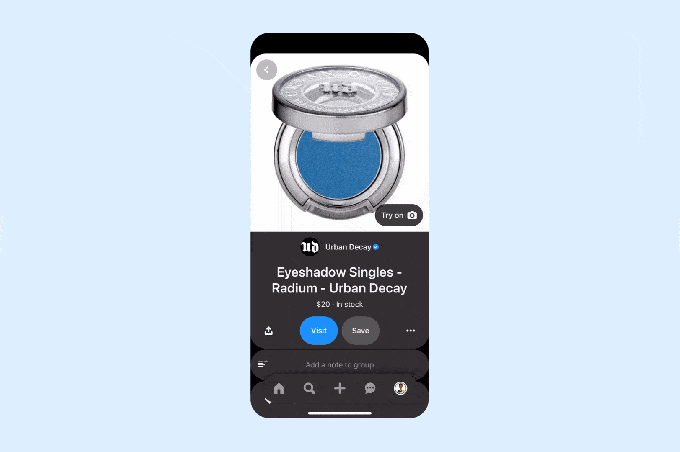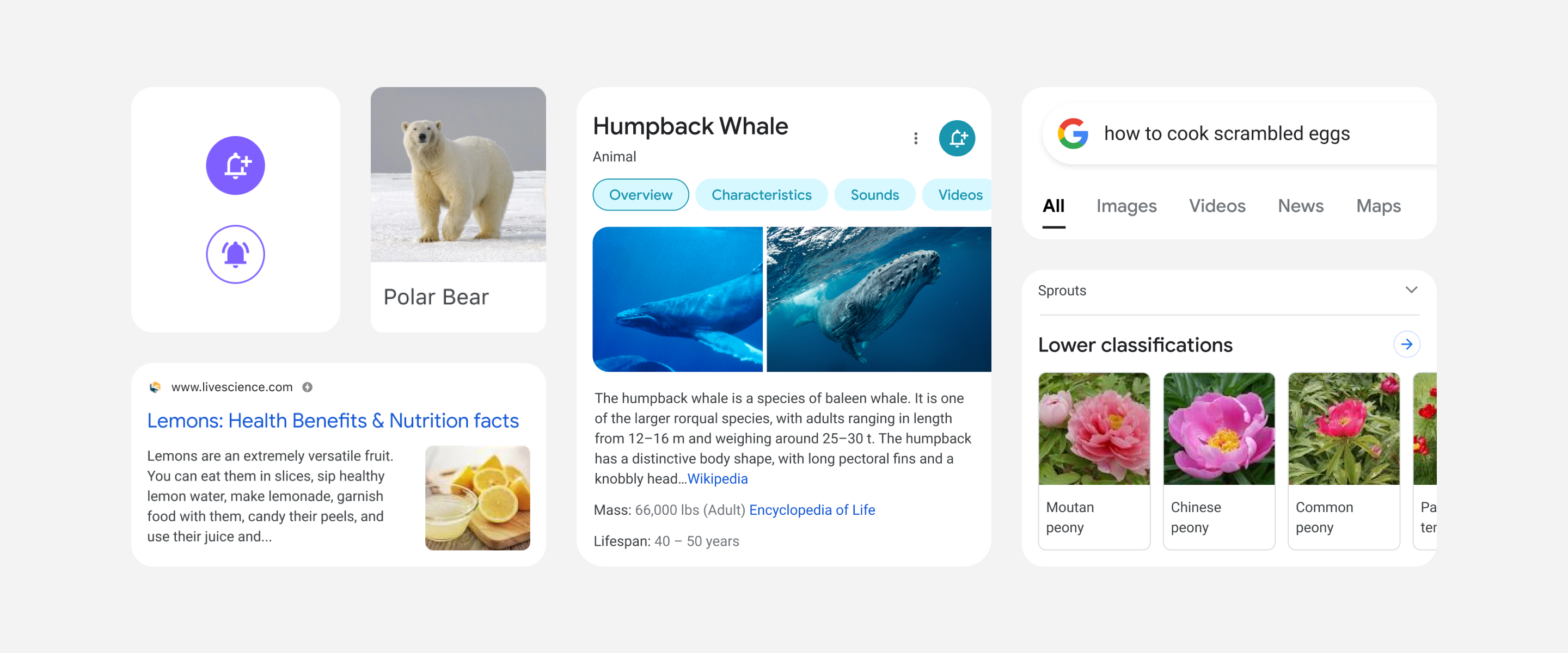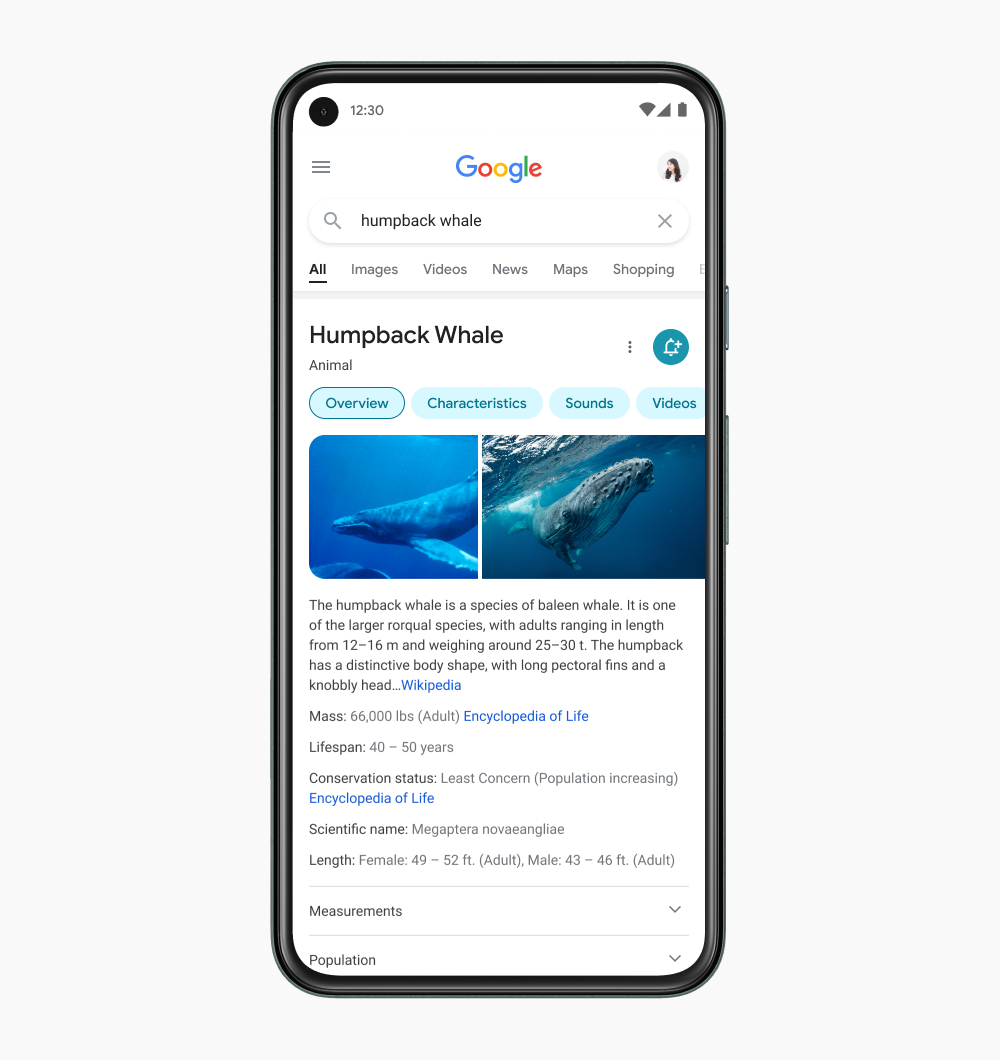News: Extra Crunch roundup: Digital health VC survey, edtech M&A, deep tech marketing, more
Speaking as an unvaccinated urban dweller: I’d rather speak to a nurse or doctor via my laptop than try to remain physically distanced on a bus or hailed ride traveling to/from their office.
I had my first telehealth consultation last year, and there’s a high probability that you did, too. Since the pandemic began, consumer adoption of remote healthcare has increased 300%.
Speaking as an unvaccinated urban dweller: I’d rather speak to a nurse or doctor via my laptop than try to remain physically distanced on a bus or hailed ride traveling to/from their office.
Even after things return to (rolls eyes) normal, if I thought there was a reliable way to receive high-quality healthcare in my living room, I’d choose it.
Clearly, I’m not alone: a May 2020 McKinsey study pegged yearly domestic telehealth revenue at $3 billion before the coronavirus, but estimated that “up to $250 billion of current U.S. healthcare spend could potentially be virtualized” after the pandemic abates.
That’s a staggering number, but in a category that includes startups focused on sexual health, women’s health, pediatrics, mental health, data management and testing, it’s clear to see why digital-health funding topped more than $10 billion in the first three quarters of 2020.
Drawing from The TechCrunch List, reporter Sarah Buhr interviewed eight active health tech VCs to learn more about the companies and industry verticals that have captured their interest in 2021:
- Bryan Roberts and Bob Kocher, partners, Venrock
- Nan Li, managing director, Obvious Ventures
- Elizabeth Yin, general partner, Hustle Fund
- Christina Farr, principal investor and health tech lead, OMERS Ventures
- Ursheet Parikh, partner, Mayfield Ventures
- Nnamdi Okike, co-founder and managing partner, 645 Ventures
- Emily Melton, founder and managing partner, Threshold Ventures
Full Extra Crunch articles are only available to members
Use discount code ECFriday to save 20% off a one- or two-year subscription
Since COVID-19 has renewed Washington’s focus on healthcare, many investors said they expect a friendly regulatory environment for telehealth in 2021. Additionally, healthcare providers are looking for ways to reduce costs and lower barriers for patients seeking behavioral support.
“Remote really does work,” said Elizabeth Yin, general partner at Hustle Fund.
We’ll cover digital health in more depth this year through additional surveys, vertical reporting, founder interviews and much more.
Thanks very much for reading Extra Crunch this week; I hope you have a relaxing weekend.
Walter Thompson
Senior Editor, TechCrunch
@yourprotagonist
8 VCs agree: Behavioral support and remote visits make digital health a strong bet for 2021
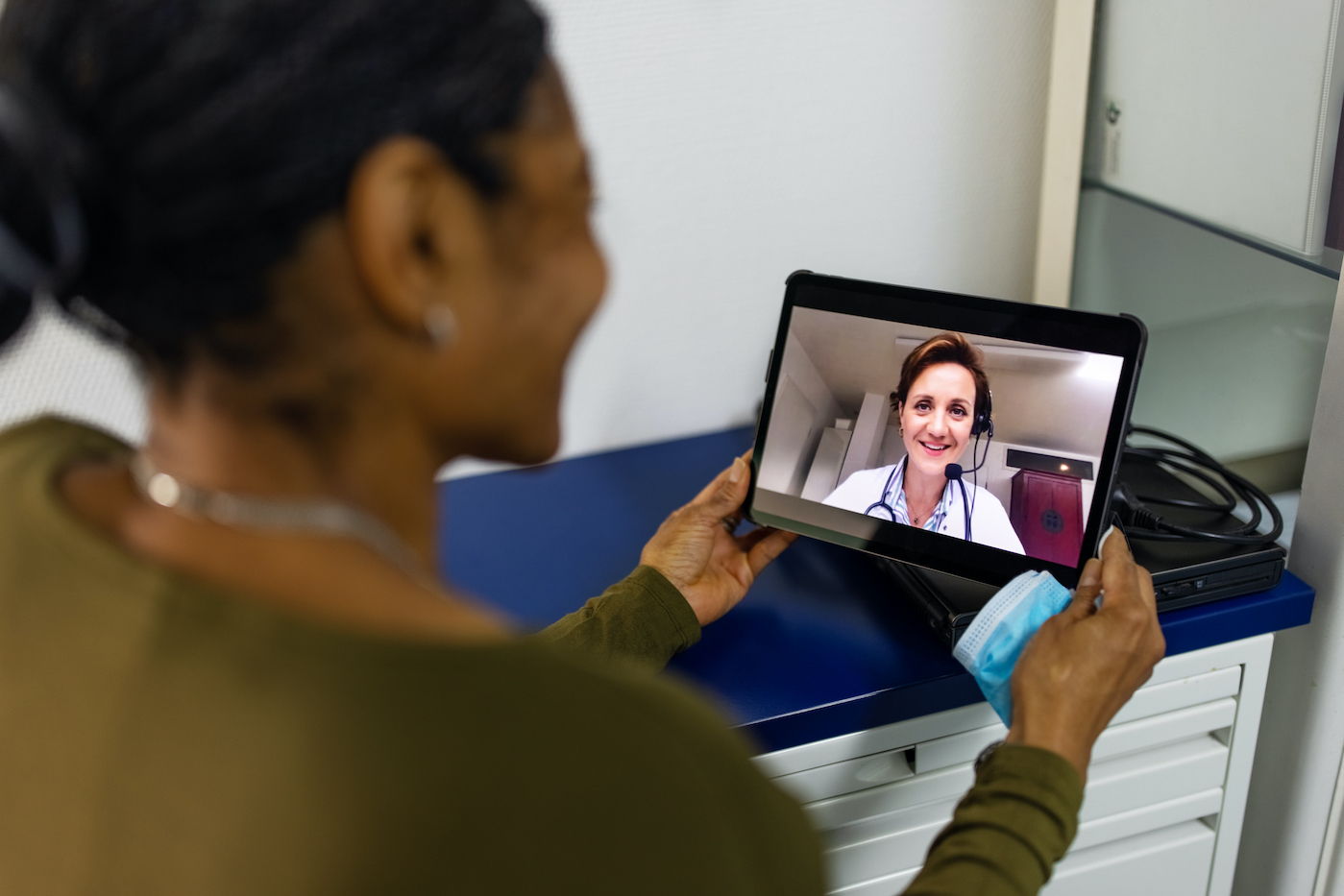
Image Credits: Luis Alvarez (opens in a new window) / Getty Images
Lessons from Top Hat’s acquisition spree

Image Credits: Bryce Durbin
In the last year, edtech startup Top Hat acquired three publishing companies: Fountainhead Press, Bludoor and Nelson HigherEd.
Natasha Mascarenhas interviewed CEO and founder Mike Silagadze to learn more about his content acquisition strategy, but her story also discussed “some rumblings of consolidation and exits in edtech land.”
How VCs invested in Asia and Europe in 2020

Image Credits: Nigel Sussman (opens in a new window)
Last year, U.S.-based VCs invested an average of $428 million each day in domestic startups, with much of the benefits flowing to fintech companies.
This morning, Alex Wilhelm examined Q4 VC totals for Europe, which had its lowest deal count since Q1 2019, despite a record $14.3 billion in investments.
Asia’s VC industry, which saw $25.2 billion invested across 1,398 deals is seeing “a muted recovery,” says Alex.
“Falling seed volume, lots of big rounds. That’s 2020 VC around the world in a nutshell.”
Decrypted: With more SolarWinds fallout, Biden picks his cybersecurity team

Image Credits: Treedeo (opens in a new window) / Getty Images
In this week’s Decrypted, security reporter Zack Whittaker covered the latest news in the unfolding SolarWinds espionage campaign, now revealed to have impacted the U.S. Bureau of Labor Statistics and Malwarebytes.
In other news, the controversy regarding WhatsApp’s privacy policy change appears to be driving users to encrypted messaging app Signal, Zack reported. Facebook has put changes at WhatsApp on hold “until it could figure out how to explain the change without losing millions of users,” apparently.
Hot IPOs hang onto gains as investors keep betting on tech

Image Credits: Nigel Sussman (opens in a new window)
A big IPO debut is a juicy topic for a few news cycles, but because there’s always another unicorn ready to break free from its corral and leap into the public markets, it doesn’t leave a lot of time to reflect.
Alex studied companies like Lemonade, Airbnb and Affirm to see how well these IPO pop stars have retained their value. Not only have most held steady, “many have actually run up the score in the ensuing weeks,” he found.
Dear Sophie: What are Biden’s immigration changes?

Image Credits: Bryce Durbin / TechCrunch
Dear Sophie:
I work in HR for a tech firm. I understand that Biden is rolling out a new immigration plan today.
What is your sense as to how the new administration will change business, corporate and startup founder immigration to the U.S.?
—Free in Fremont
Hello, Extra Crunch community!

Image Credits: atakan (opens in a new window) / Getty Images
I began my career as an avid TechCrunch reader and remained one even when I joined as a writer, when I left to work on other things and now that I’ve returned to focus on better serving our community.
I’ve been chatting with some of the folks in our community and I’d love to talk to you, too. Nothing fancy, just 5-10 minutes of your time to hear more about what you want to see from us and get some feedback on what we’ve been doing so far.
If you would be so kind as to take a minute or two to fill out this form, I’ll drop you a note and hopefully we can have a chat about the future of the Extra Crunch community before we formally roll out some of the ideas we’re cooking up.
Drew Olanoff
@yoda
In 2020, VCs invested $428m into US-based startups every day

Image Credits: Nigel Sussman (opens in a new window)
Last year was a disaster across the board thanks to a global pandemic, economic uncertainty and widespread social and political upheaval.
But if you were involved in the private markets, however, 2020 had some very clear upside — VCs flowed $156.2 billion into U.S.-based startups, “or around $428 million for each day,” reports Alex Wilhelm.
“The huge sum of money, however, was itself dwarfed by the amount of liquidity that American startups generated, some $290.1 billion.”
Using data sourced from the National Venture Capital Association and PitchBook, Alex used Monday’s column to recap last year’s seed, early-stage and late-stage rounds.
How and when to build marketing teams at deep tech companies

Image Credits: Andy Roberts (opens in a new window) / Getty Images
Building a marketing team is one of the most opaque parts of spinning up a startup, but for a deep tech company, the stakes couldn’t be higher.
How can technical founders working on bleeding-edge technology find the right people to tell their story?
If you work at a post-revenue, early-stage deep tech startup (or know someone who does), this post explains when to hire a team, whether they’ll need prior industry experience, and how to source and evaluate talent.
Bustle CEO Bryan Goldberg explains his plans for taking the company public

Bustle Digital Group CEO Bryan Goldberg. Image Credits: Bustle Digital Group
Senior Writer Anthony Ha interviewed Bustle Digital Group CEO Bryan Goldberg to get his thoughts on the state of digital media.
Their conversation covered a lot of ground, but the biggest news it contained focuses on Goldberg’s short-term plans.
“Where do I want to see the company in three years? I want to see three things: I want to be public, I want to see us driving a lot of profits and I want it to be a lot bigger, because we’ve consolidated a lot of other publications,” he said.
It may not be as glamorous as D2C, but beauty tech is big money

Image Credits: Laia Divols Escude/EyeEm (opens in a new window) / Getty Images
The U.S. Federal Trade Commission is not a huge fan of personal-care D2C brands merging with traditional consumer product companies.
This month, razor startup Billie and Proctor & Gamble announced they were calling off their planned merger after the FTC filed suit.
For similar reasons, Edgewell Personal Care dropped its plans last year to buy Harry’s for $1.37 billion.
In a harsher regulatory environment, “the path to profitability has become a more important part of the startup story versus growth at all costs,” it seems.
Twilio CEO says wisdom lies with your developers
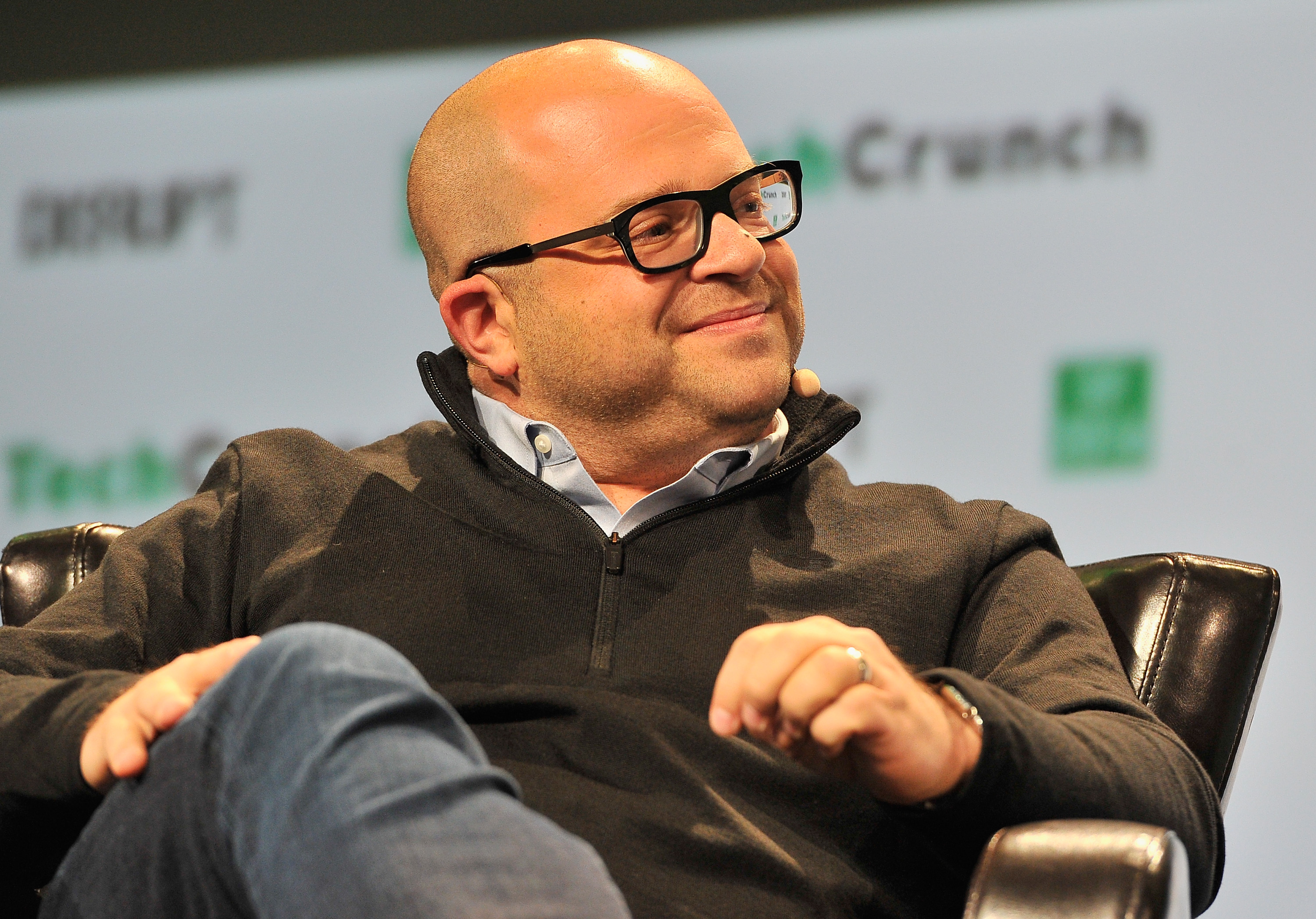
SAN FRANCISCO, CA – SEPTEMBER 12: Founder and CEO of Twilio Jeff Lawson speaks onstage during TechCrunch Disrupt SF 2016 at Pier 48 on September 12, 2016 in San Francisco, California. Image Credits: Steve Jennings/Getty Images for TechCrunch
Companies that build their own tools “tend to win the hearts, minds and wallets of their customers,” according to Twilio CEO Jeff Lawson.
In an interview with enterprise reporter Ron Miller for his new book, “Ask Your Developer,” Lawson says founders should use developer teams as a sounding board when making build-versus-buy decisions.
“Lawson’s basic philosophy in the book is that if you can build it, you should,” says Ron.


